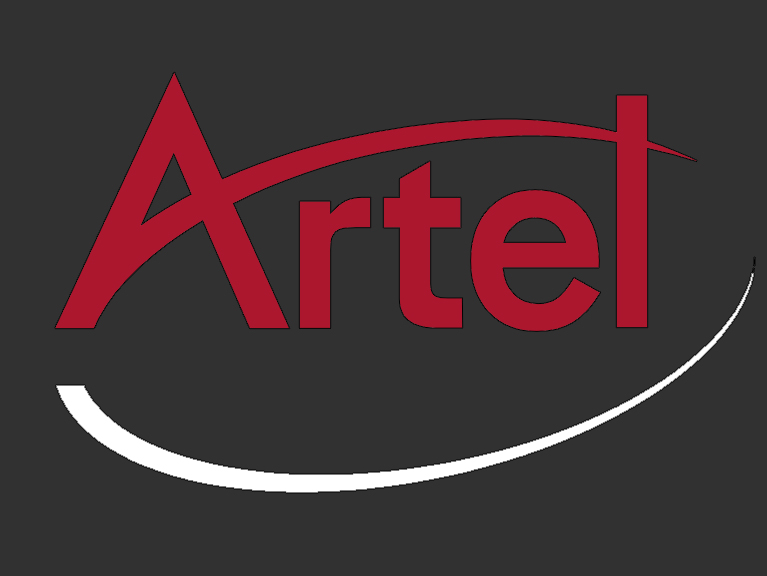PTP System Components
As IP video and audio technology moves rapidly into the domain of IP networking, IEEE-1588 Precision Time Protocol has become essential to all facets of media production. This fundamental enabling technology permits hundreds and even thousands of devices to work together in absolute synchronization and support all the timing relationships that are so critical to properly formatted media signals. Network infrastructure, including Ethernet switches and other devices will need to natively support PTP functions. Learn more about PTP system components.
The Benefits of PTP
With the transition to IP networks for all aspects of the signal processing path, accurate timing becomes more difficult, due to the fundamentally asynchronous, non-deterministic nature of packet-based networks. Fortunately, a solution is available, in the form of IEEE 1588 Precision Time Protocol (PTP). When used properly, this technology can provide a very accurate and stable time base for all types of signals within modern media operations. Learn more about the benefits of PTP.
Artel Takes a Closer Look at PTP in New White Paper
Artel Releases New Precision Timing Protocol White Paper. ‘Time Travels – A Closer Look at PTP’ examines the key elements and considerations of PTP deployments including PTP synchronization, master clock selection, transparent and boundary clock functions, PTP domain and profile configuration, and other network considerations.
PTP Applications for Media
As IP video and audio technology moves rapidly into the domain of IP networking, IEEE-1588 Precision Time Protocol has become essential to all facets of media production. The primary use of PTP in these standards permits hundreds and even thousands of devices to work together in absolute synchronization to provide a stable time base that can be used to synchronize video, audio and other signals so that they can be processed easily and delivered to local and remote audiences. Learn more about it's applications.
The Case for Precision Timing
With the transition to IP networks for all aspects of the signal processing path, accurate timing becomes more difficult, due to the fundamentally asynchronous, non-deteriministic nature of packet-based networks. Fortunately, a solution is available, in the form of IEEE 1588 Precision Time Protocol (PTP). Learn why PTP is a necessary standard in today's modern networks.
Aligning to the SMPTE Epoch for Synchronization
With the transition to IP networks for all aspects of the signal processing path, accurate timing becomes more difficult, due to the fundamentally asynchronous, non-deterministic nature of packet-based networks. With Ethernet networks, which are inherently bi-directional, it is possible to distribute a common time signal using IEEE 1588 Precision Time Protocol (PTP) to every device without a separate overlay sync network. Each device can then accurately synchronize its internal clock to a single master clock which can then be used to accurately achieve media signal synchronization by means of the SMPTE Epoch.
Your Experiences Driven by Artel
NAB Show 2019 - Las Vegas - April 8-11
Artel Awarded Second Technology and Engineering Emmy Award
Artel Video Systems today announced that The National Academy of Television Arts & Sciences has awarded Artel a Technology and Engineering Emmy® Award for Pioneering Reliable Transmission Method for Live Contribution and Distribution TV Links.
Artel Video Systems Announces xView Management Platform
Artel is pleased to announce the xView Management Platform, a browser-based, network-level monitoring platform that aids operators in managing Artel’s DigiLink, InfinityLink, and SMART Media Delivery Platform™ solutions.
Audio over IP Technologies and Formats
Focusing on the evolving journey into Media over IP, Rafael Fonseca discusses some of the technologies used in IP audio and intercom with a comparison between popular formats used today. This is an excerpt from "IP Audio and Intercom: Connecting, Converting and Switching for Production" presented at the SMPTE New York Section meeting on June 6, 2018.

